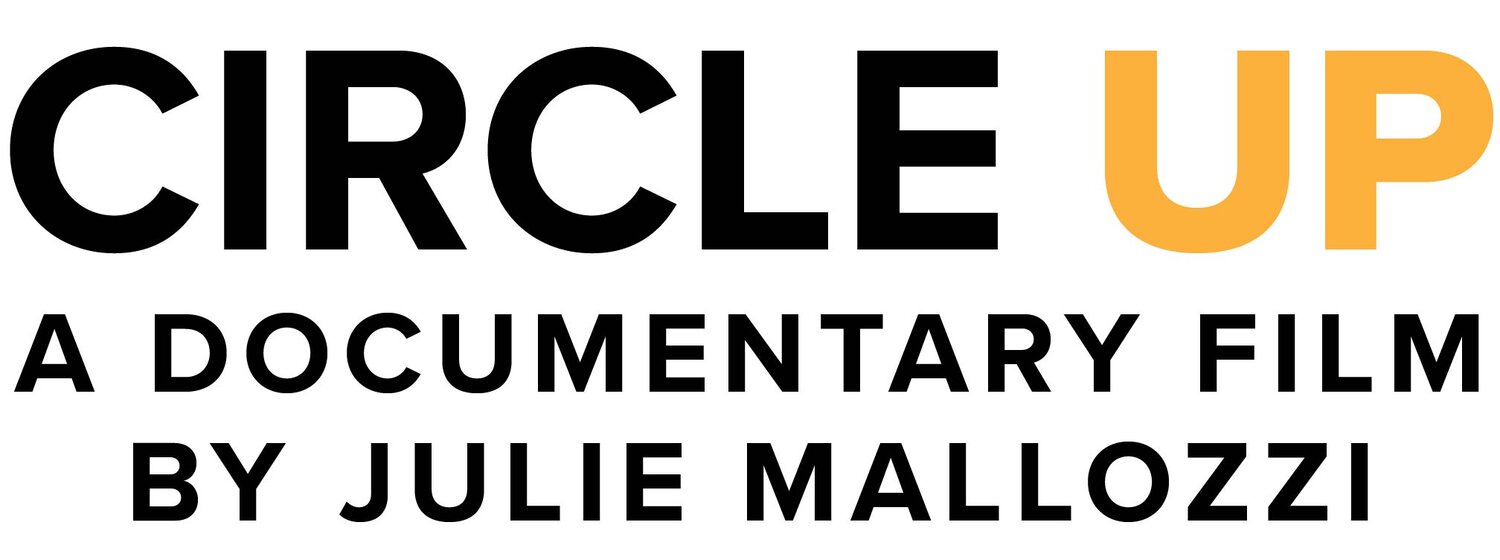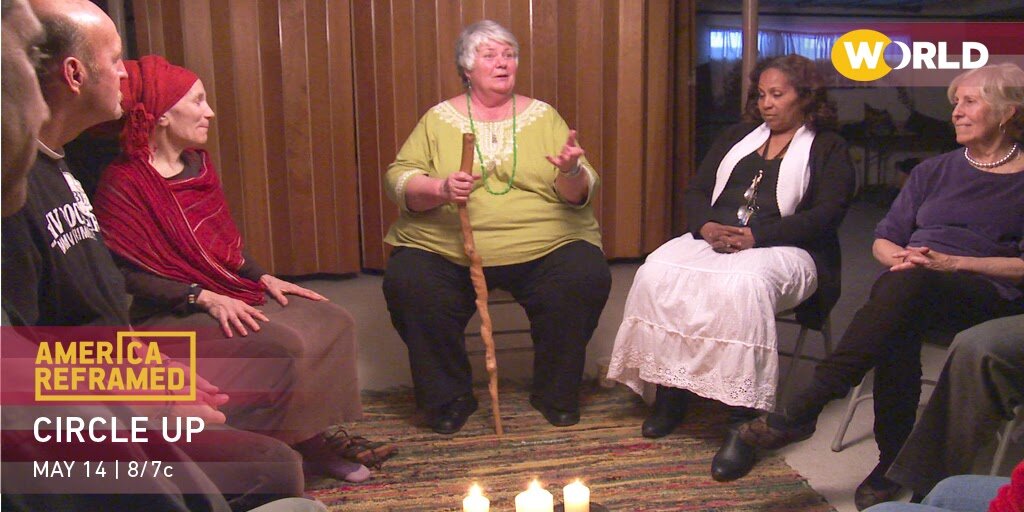The semester just ended at Harvard, where I teach in the Department of Art, Film, and Visual Studies. This was definitely an experience unlike any I’ve had in more than twenty years of teaching, since it involved leading a new course – Social Justice Filmmaking – entirely online. My teaching fellow Keisha Knight (who is also Artistic and Managing Director of Sentient.Art.Film) and I had 10 students in 3 continents across 15 times zones. Our department had to ship cameras and microphones to many of them, and smartphone kits to others when we ran out of professional cameras. (I’m incredibly fortunately to teach at an institution that has the resources, and the commitment to equity, to actually ship gear to students!)
The course considered filmmaking as a means to explore social justice. Students learned how to conceive, shoot, and edit digital videos; screened examples of successful works; and met with accomplished social justice filmmakers (over Zoom, of course… not as good as the real thing, but the format enabled us to bring folks like Deborah Esquenazi, Joshua Oppenheimer, and Brett Story who might have been impossible to bring in person). Working individually and in small groups, our students created films on a range of topics, all the while scrutinizing their role as makers responding to the complex demands of aesthetics, ethical representation, and social impact.
I learned so much about teaching through this new format, and from our incredibly engaged, talented students – whom I have yet to meet in person! They made films ranging from a search for ancestral knowledge about the stars and sky by an Afro-Indigenous student (London Vallery’s Da Bon Lalinn, pictured above); an immersive investigation into noise pollution in Chelsea, Massachusetts; a tender film poem about a father’s exodus from Belfast following The Troubles; and a stunningly cinematic visit with fishers following the eel migration in Italy’s Po River valley.
The essay format proved to be perhaps the most adaptable to a pandemic, in allowing filmmakers to incorporate a range of whatever materials they can manage to acquire – observational footage, in-person or Zoom interviews, found footage, staged scenes, audio fragments – around a carefully considered theme.
The constraints of the 2D classroom gave me a real lesson in how to accomodate different learning styles, make maximum use of time through simultaneous and small-group work, and provide flexible instruction such as pre-recorded technical videos students can watch and re-watch on their own as needed. As always, I find I learn as much as my students do!




